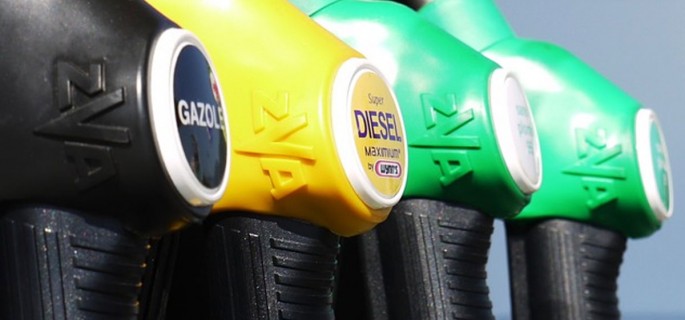These factors will affect the oil price in the future

When oil price bottomed around $27 per barrel last year in February, many predicted a major reversal and the dark days for producers to be over. Yet, more than a year after the bottom, the oil market is struggling to cope up with the supply glut and lack of clarity. A deal by OPEC and 11 participating non-OPEC countries to reduce production by 1.8 million barrels per day has failed to soothe the market concerns. Every day, contrasting forecasts continue to appear in the media suggesting a spike in oil price or a tumbling to the bottom once again. So, how can you know which side to take? We at FxWirePro believe (despite our guidance and forecasts) that readers should make up their own views (a must, even if they are trading on our calls) based on facts. Here are the key factors that one needs to watch to understand the market dynamics that might lay ahead,
- US production has been recovering since it bottom in July last year. Though the country is producing lesser amount crude compared to the pre-oil-crush levels, production has increased by 719,000 barrels since July. The number of active oil rigs operating in the US has more than doubled since it bottomed around in May last year. It is currently at 662 and the production is at 9.147 million barrels per day.
- OPEC deal is likely to serve as the most crucial factor to watch out for. On May 23rd, OPEC ministers are scheduled to meet at the Vienna headquarters to decide on the deal extension. Mark your calendars for that date. We expect the OPEC and participating non-OPEC countries to extend the current production cuts deal.
- The level of inventories would also play a crucial role in price discovery. Declining inventories would invariantly result in a higher crude oil price. As of now, inventories in the US rests at 533 million barrels, the highest ever. Recently, the gasoline inventory has come down but still higher at 239 million barrels when compared to historical data. The OPEC deal has pushed the oil market to backwardation but the inventory is yet to come down significantly.
- Demand has been growing at a rapid pace since 2016 thank to lower oil price and contribution from countries like India and China. But experts expect higher demand this year from the United States as record numbers of cars and trucks were sold during the winter and holiday season.
- New projects would play a very significant role for future prices. Recently Goldman Sachs have warned that many projects adopted during the $100 per barrels crude oil are set to come online this year and in the next few and would lead to higher than expected production. On the other hand, International Energy Agency has warned that lower level of investments due to 2014 oil price crash and continued lower price would eventually lead to supply constrain and eventually higher oil price.
These five fundamentals would be crucial in determining oil price in the months and quarters to come. WTI is currently trading at $50.6 per barrel and Brent at $2.8 per barrel premium.
Source: EconoTimes





























